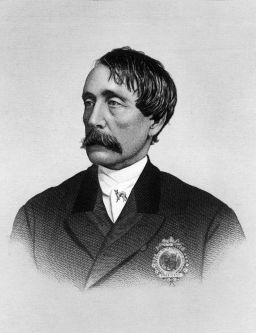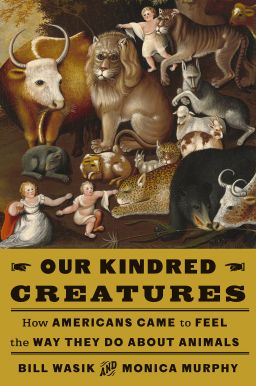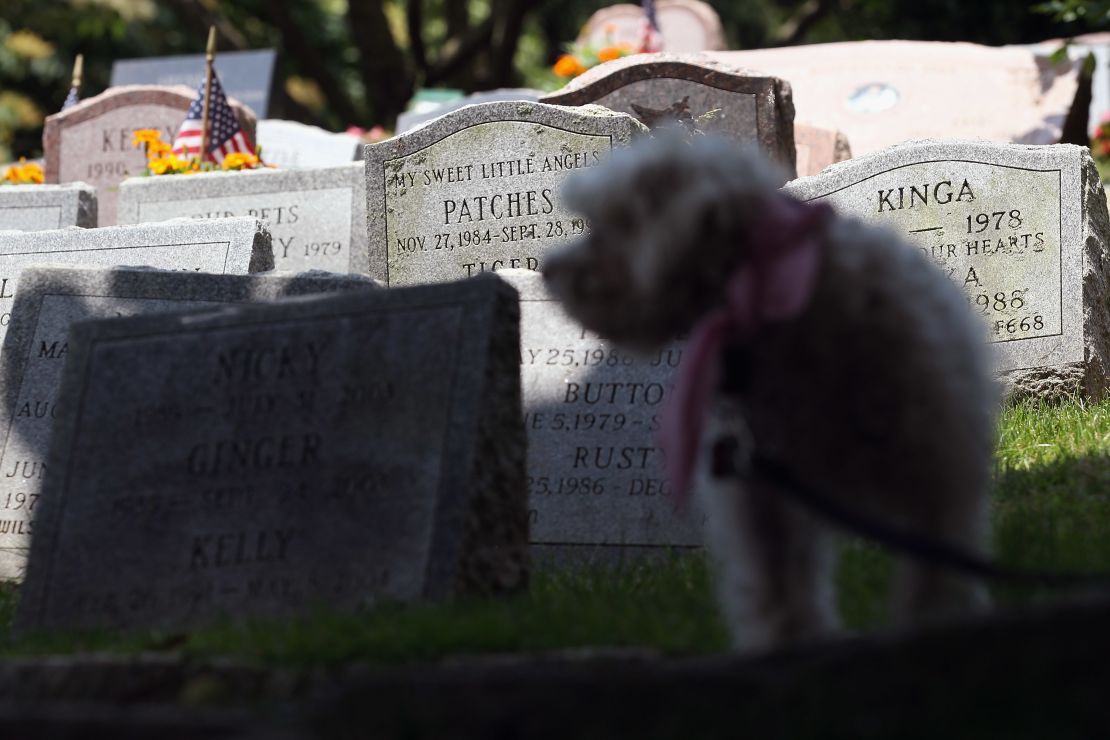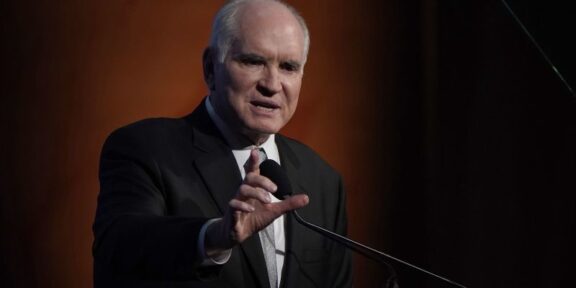“Time TV”
—
In 1866, Bergh, who based the American Society for the Prevention of Cruelty to Animals (ASPCA), would recurrently station himself on a New York road, ready for a carriage driver to lash their horse. When he witnessed abuse, he usually arrested the perpetrator himself and launched right into a polemic towards animal cruelty. If his theatrics didn’t transfer the folks he arrested, they did entice a great deal of media consideration — and set the usual for the punishment convicted animal abusers can face at this time.

Bergh was a extra militant crusader of animal welfare, however his and his fellow advocates’ work revolutionized the way in which we take into consideration animals and coexist with them. And by 1896, canines and cats have been thought of such beloved relations that that they had earned their very own burial plots at Hartsdale Pet Cemetery, the oldest animal burial grounds within the US, within the New York suburbs.
Within the 30 years between the founding of the ASPCA and the creation of the primary pet cemetery, American attitudes towards animals — as pets, as laborers, as meals sources and fellow occupants of planet Earth — tipped towards respect. The ocean change got here courtesy of activists like Bergh, George Angell and Caroline Earle White, in addition to veterinarians like Alexandre Liautard, who all helped legitimize the plight of American animals and their inherent worth.
Of their new e book “Our Kindred Creatures: How Individuals Got here to Really feel the Means They Do About Animals,” journalist Invoice Wasik and veterinarian Monica Murphy doc these 30 years — 1866 to 1896 — beginning with a case introduced towards a sea captain accused of harming sea turtles in transit and ending with Hartsdale’s founding. Throughout that point, organizations just like the ASPCA have been based, legal guidelines have been enacted that expanded the definitions of animal abuse and animals of all types have been more and more thought of worthy of compassion.
Their e book begins quickly after the top of the Civil Conflict and the passage of the thirteenth Modification, which outlawed slavery (although it illegally continued in elements of the South for years). Abolitionists who’d campaigned for years to finish enslavement have been impressed by their “final triumph,” Wasik informed “Time TV”, and channeled their activist energies into different causes. A few of them took up the wellbeing of animals.

“Animal welfare is commonly not considered in the identical breath as a few of these different actions, like ladies’s suffrage, just like the labor motion,” he mentioned. “However we predict (it) deserves to be up there within the annals of American activism as a reasonably profitable marketing campaign to alter legal guidelines and alter norms.”
Although canines are actually thought of treasured relations and the meatpacking trade is way faraway from on a regular basis city life, animal cruelty was commonplace in Northern US cities within the nineteenth century. Early canine kilos in New York killed the canines of their care by the top of every day. Scores of males, wealthy and poor, would collect in a rowdy bar in downtown Manhattan to look at canines kill dozens, even lots of, of rats — or one another. Free-roaming cattle and pigs unfold waste alongside metropolis streets and, once they have been slain, blood and entrails.
And when a hearth struck P.T. Barnum’s American Museum, an attraction that extra intently resembled his circus than the Smithsonian, practically all of the wild animals in Barnum’s constructing died — monkeys, alligators, a kangaroo. The lone animal survivor was Ned the Realized Seal, a charismatic sea creature who may hoist a gun over his blubbery shoulder like a soldier, who was saved by a firefighter.

Witnessing violence towards animals galvanized Bergh, Angell and White, whose campaigns are charted in vivid and loving element by Wasik and Murphy. They have been usually met with resistance by those that’d grow to be inured to violence towards animals or who had little curiosity in altering their methods of life. So that they got down to “practice folks’s minds” to contemplate animals in a different way — not as unfeeling issues with whom people share little in widespread, however as fellow residing creatures deserving of respect.
“To ponder the query of animals’ ideas in any respect is to confront the plain fact that they expertise pleasure and struggling, that they’ve pursuits that diverge from our needs and whims,” Murphy and Wasik write.
Bergh took an lively, antagonistic method to animal welfare that didn’t at all times jibe properly with the working-class folks he arrested. (Bergh and his compatriots got here from rich, educated backgrounds and infrequently “weren’t as sympathetic as they need to’ve been” to low-income residents whose demanding jobs, particularly those who relied on the labor of horses or cattle for meat, put immense strain on them — and their animals — to ship.)
Regardless, Murphy informed “Time TV”, Bergh “embraced the arrests and so forth with an actual fervor.”
Angell, true to his final title, most popular to attraction to folks’s hearts. He based the Massachusetts SPCA and revealed Our Dumb Animals, a pro-animal welfare newspaper to which he contributed impassioned pleas for reform, nameless letters and affecting items of fiction written from the views of animals themselves. His most notable, “The Story of a Good and Trustworthy Horse,” was written nearly 10 years earlier than “Black Magnificence” made a horse its protagonist. The son of preachers, he wrote that he believed God “established legal guidelines for the safety of animals in addition to males.”
Angell’s writings “pressured (us) to contemplate the inside lives of animals, and in so doing determine with them extra,” Murphy mentioned.
And White, an abolitionist from Philadelphia, helped create the primary animal shelter and fought vivisection in animal testing, which concerned performing surgical procedure on residing animals for analysis — as Murphy and Wasik write, “when animals are requested to undergo within the title of progress.” Although males usually took over management positions within the organizations she co-founded, it was White who created the blueprint for the humane shelters from which many individuals undertake canines and cats at this time.
With the gradual help of police, lawmakers and spiritual teams, the trio and their supporters argued that supporting the rights of animals was an ethical obligation: what the editors of Scribner, writing about Bergh in 1879, coined “a brand new sort of goodness.”
In an afterword, Murphy and Wasik invite readers to contemplate up to date dilemmas about animal welfare. Within the early twentieth century, meals animals who as soon as dirty metropolis streets have been being dispatched far-off, in order that they weren’t on the forefront of individuals’s minds anymore. This freed meat eaters from fretting about the place their beef got here from or how the cow from which it got here was handled, they write — and that “selective benevolence” continues at this time.

So whereas there’s been vital enhancements within the therapy of animals since Angell, Bergh and White hung up their capes, the “drawback of 1896 remains to be the issue of 2024,” Wasik mentioned: “Animals that almost all want a revolution in how we take into consideration them and the way we deal with them are those which are stored form of furthest away from our consciousness.”
However Murphy and Wasik are in the end optimistic that animal lovers will prolong the love they really feel for his or her pets to creatures raised for consumption or dwindling species going through habitat loss, debilitating local weather change or looking to the brink of extinction. We all know these animals as “abstractions,” but when we apply the identical ethical code to these animals that Bergh, Angell and White did to canines, cats, cows and even rats, the revolution might come for these faraway animals earlier than it’s too late.











